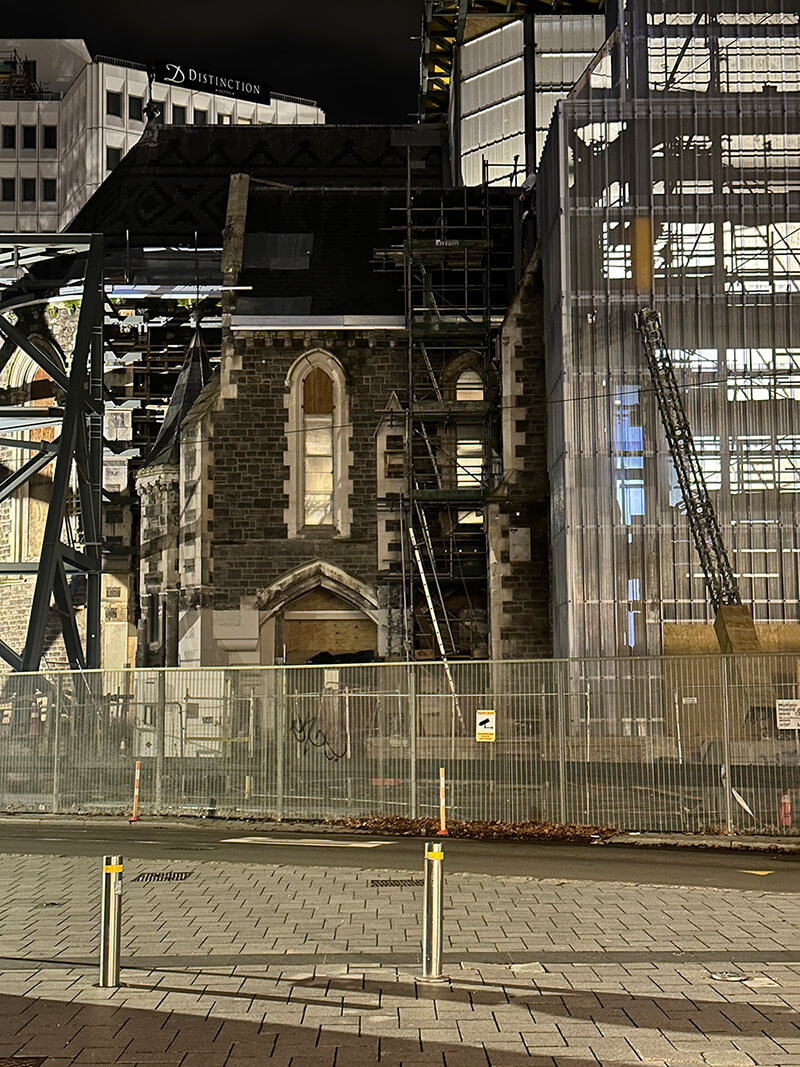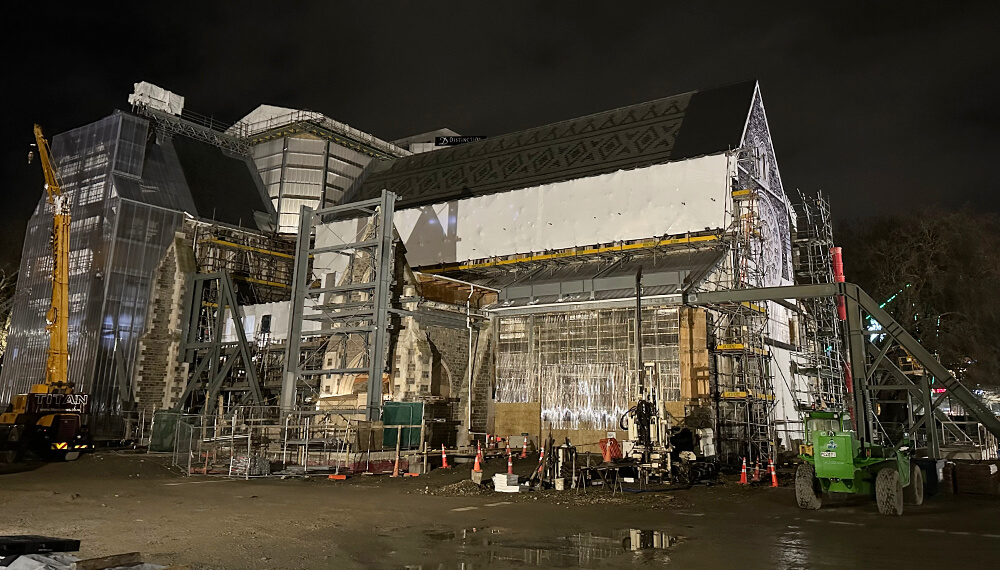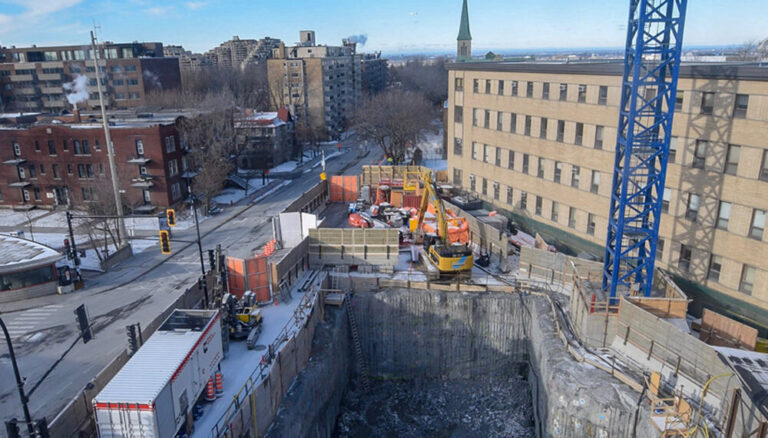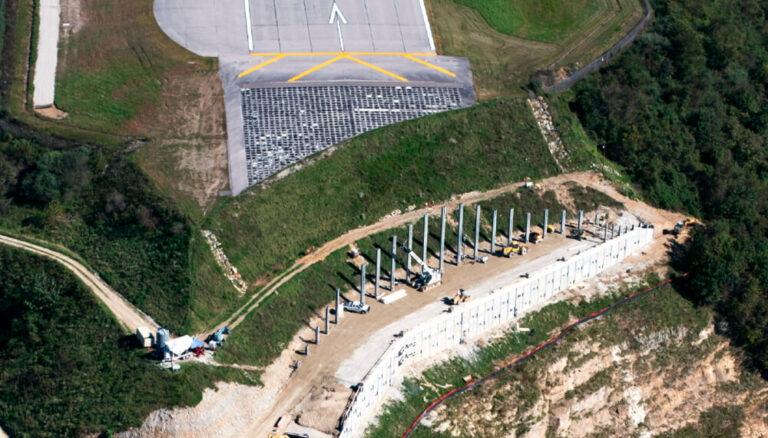Building Back: iTwin® IoT’s Data-Driven Insights Improve Safety and Collaboration During Landmark Reconstruction
Destruction from New Zealand’s Biggest Natural Disaster
In September 2010, a moment magnitude 7.1 earthquake hit the South Island of New Zealand. Though powerful, the epicenter of the earthquake was far away from both the city center of Christchurch and the coastline, occurring relatively deeply in the ground. Because of these factors, the earthquake caused significant damage but not the devastating amount usually associated with one of that force.
However, the worst was yet to come. Another earthquake hit the South Island in February of the next year. Though it had a lower magnitude at 6.3, its epicenter was shallower and much closer to Christchurch, and many buildings were already weakened from the previous year’s earthquake. As a result, the event wreaked havoc on the area, causing NZD 40 billion in damage – making it the largest national disaster ever to occur in New Zealand.
The Christ Church Cathedral, an iconic part of the Christchurch city center, suffered greatly during the earthquake, as the spire and part of its tower collapsed. Subsequent earthquakes in 2011 caused further damage, collapsing the west wall. Because the structure had become unstable, rehabilitating it would be a much more difficult task than demolishing it and building new. In fact, part of the damage in the later 2011 earthquakes was caused by pressure from a shifting steel scaffold.
Fast Facts
- Christ Church Cathedral is an iconic, historic building in the heart of Christchurch, New Zealand.
- The cathedral was severely damaged in devastating earthquakes in 2010 and 2011 that destroyed much of the city.
- Because the cathedral’s structure remains unstable, Beca used iTwin IoT to collect and visualize data from sensors measuring structure movement.
Real-time Monitoring for an Unstable Building
In 2020, after nearly a decade of intense publicdebate around the structure’s fate, work began on the Christ Church Cathedral Reinstatement Project, a NZD 104 million initiative to rebuild the historic landmark.
“What they’ve done as far as rebuilding the city is pretty amazing,” said Ben Davidson, a principal with Beca, one of Asia Pacific’s largest independent advisory, design, and engineering consultancies. “It’s great having all these shiny new things, but to have that older building restored retains the city’s historical aspect as well.”
Beca is providing surveying and monitoring services during the rebuilding process, which is expected to continue until 2027. The work involves fitting the structure with survey instruments, tilt meters, and accelerometers to measure stability during construction and give early warning signs of potentially risky movements.
The project faces challenges with the complexity and age of the structure, as well as the uncertainty of what may be encountered as reconstruction progresses. The sensor data will assist the construction company with decision-making and empower them to proactively adapt as new issues arise.
Beca needed a monitoring system that couldwithstand the challenges of a dynamic, active construction site and consistently provide live data. The first solution it implemented proved toocomplex and did not deliver readings consistently.
“The reliability of the real-time monitoring was key,” Davidson said.

“Internally, it was a game changer for us. Working with [Bentley and Viotel] improved the system design significantly for the client and saved us a huge amount of hours and commercial dollars in addressing problems that the original design just couldn’t solve.”
-Ben Davidson, Principal, Beca
Establishing Digital Data Analysis
Beca then pivoted to Bentley’s iTwin IoT, as they determined that it could help them achieve accurate readings. They also swapped out cabled sensors for Viotel wireless tiltmeters and vibration sensors. At the time, Viotel was not among the hundreds of sensor types that Bentley supported, but the Bentley team worked quickly to integrate it.
The Beca team then used iTwin IoT to gather and communicate live data as needed. They brought in multiple data sets, including the project’s manual surveying readings, with the ability to click from a PDF report directly to the platform to query a particular graph or data point.
“It’s quite a powerful data analysis tool. The way you can slice and report data, I hadn’t seen that in our industry before,” Davidson said.
With the automated reporting module, Beca generated reports with a more straightforward workflow than manual report generation, which is time consuming and prone to human error. Using the platform as a single source of truth ensures high-quality data.
“It’s all there, it’s automated, and it’s repeatable,” Davidson said. “That makes a huge difference.”
iTwin IoT enabled Beca to share project information with a wide range of stakeholders in the Christ Church Cathedral Reinstatement Project. They created 3D visualizations to make the data easy to understand.
“If you need to speak to a contractor or a nontechnical stakeholder, then it’s really difficult to explain it on a graph,” Davidson said. “But putting them in an immersive, 3D environment allows for much simpler conversations because they see it in context. It just makes sense.”
Faster, More Detailed Data
Since making the switch to iTwin IoT, the data has flowed seamlessly and reliably, reducing the need for Beca staff site visits by 50% and eliminating the staffing overruns caused by their original solution. They also receive faster notifications of any structure movement, keeping workers safe.
“Internally, it was a game changer for us,” Davidson said. “Working with two great providers improved the system design significantly for the client and saved us a huge amount of hours and commercial dollars in addressing problems that the original design just couldn’t solve.”
Among the immediate benefits of going digital, Davidson sees significant downstream benefits, including the ease of adding further instrumentation for monitoring groundwater, settlement and automated surveying. Beca also now has the ability to integrate other site data measurements such as environmental sensors, making it easier for the client to see all of the information on one platform for better overall site analysis.
Beca’s new workflow may also open the door to other types of contracts.
“This whole asset management piece is quite interesting,” Davidson said. “There is a shift now towards looking after what you’ve got and getting the most out of it rather than building something new.
ROI
- Bentley IoT and the sensor data has resulted in 50% fewer trips to the site for troubleshooting.





